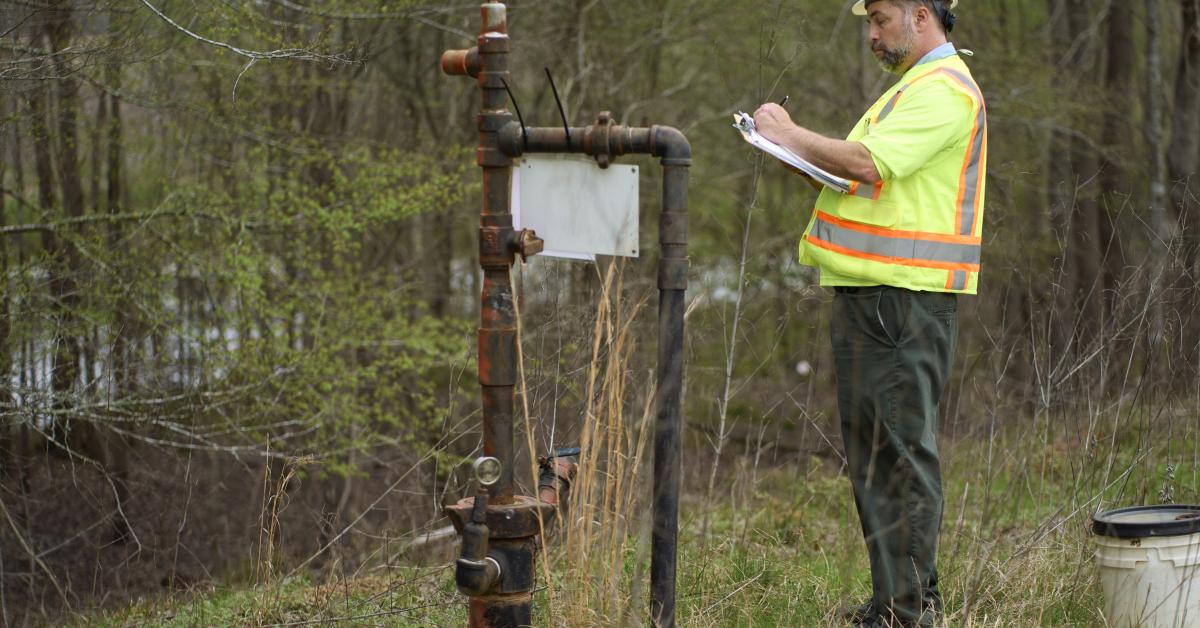We support our Publishers and Content Creators. You can view this story on their website by CLICKING HERE.

(The Center Square) — A recent report from the Louisiana Legislative Auditor highlights the state’s ongoing challenges with managing orphaned oil and gas wells. According to the LLA, the number of orphaned wells has increased 68% since 2013.
Two new audits assess the efforts of the Office of Conservation and the Louisiana Oil Field Restoration Association to secure funds and address environmental risks associated with these wells.
The findings reveal that despite the conservation office’s increased coverage of orphaned wells through updated financial regulations, the security funds remain inadequate to cover the estimated $542.9 million needed to remediate these wells.
Financial security functions much like insurance by providing the state with funds to seal secured wells if they are left orphaned because of operator abandonment or failure to comply with regulations. Until 2015, conservation office regulations did not mandate financial security for all operators.
Between fiscal years 2020 and 2023, oil field restoration and oil field restoration plugged 976 orphaned wells, including 396 wells plugged with federal grants.
Due to assistance from oil field restoration and funds from the federal Infrastructure Investment and Jobs Act, the number of orphaned wells plugged per year increased by 247.7%, from 153 in fiscal year 2020 to 533 in fiscal year 2023.
However, despite these efforts, the overall number of orphaned wells only declined by 0.9% from January 2020 to October 2023, before increasing again by 12.4% to 4,785 by April 2024.
Funding limitations prevent the OC from expanding the oil field restoration Program’s plugging efforts, as state law caps the oil field restoration Fund at $14 million and restricts its ability to collect adequate fees for orphaned well remediation.
Additionally, gas production fees, which comprised 79.5% of oil field restoration revenue from 2020 to 2023, have not been adjusted since 2004.
The second audit underscores insufficient oversight by the conservation office of oil field restoration’s financial health, with oil field restoration providing 45.5% of the financial security for wells as of October 2023.
This arrangement exposes the state to financial risk if oil field restoration were unable to fulfill its obligations, as the conservation office lacks a contingency plan to address potential shortfalls. Additionally, oil field restoration’s cost to plug wells remains higher than that of oil field restoration.
An analysis of oil field restoration plugging costs in 2022 and 2023 showed that median plugging costs vary by well type and depth, with land wells up to 3,000 feet deep averaging $8 per foot and wells in inland waters averaging $38 per foot.
Current conservation office regulations, however, require only $2 per foot for individual security and $8 per foot for inland water wells, with blanket security allowing large groups of wells to be secured under one amount, regardless of well depth.
By October 2023, 95.1% of wells with financial security were covered under blanket policies, which can include up to 3,811 wells on a single policy. Although conservation office regulations require periodic reviews of security amounts to reflect plugging costs accurately, the agency has yet to establish a review schedule.
The audit resulted in 17 recommendations, including raising or removing the oil field restoration fund cap and allowing the conservation office to implement stricter oversight and fee structures for inactive wells. The Department of Energy and Natural Resources agreed with all recommendations.

 Conservative
Conservative  Search
Search Trending
Trending Current News
Current News 





